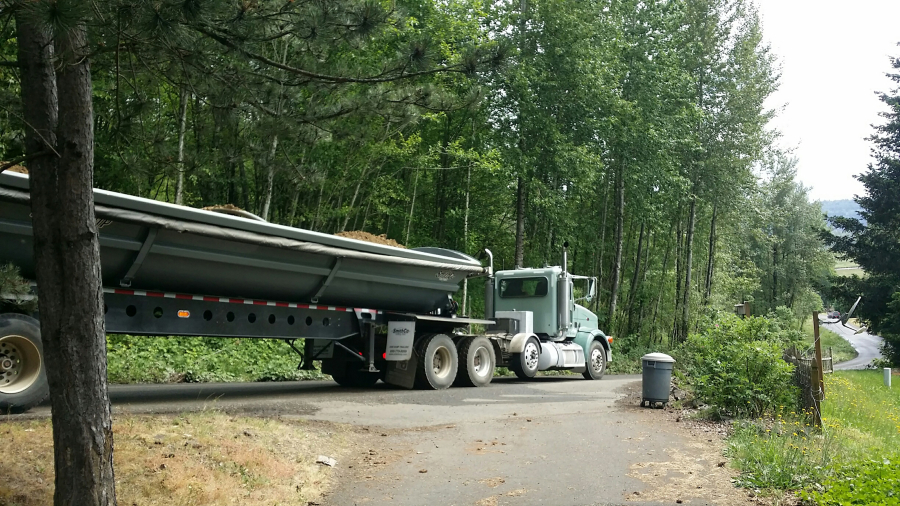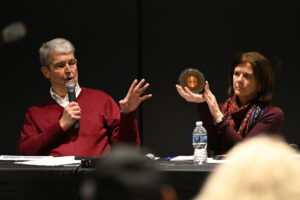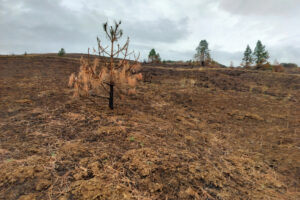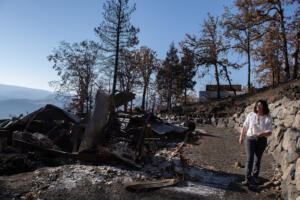One year after being denied by Clark County, Ridgefield resident Judith Zimmerly is once again attempting to obtain permits to resume mining on her Washougal-area property known as the Washougal Pit.
The Clark County Development Council held a conference, “an opportunity for the applicant to present a development proposal to staff and to become informed about the application review and approval process,” according to the County’s website, to discuss Zimmerly’s pre-application on Sept. 19.
The County requires an applicant to submit a pre-application before submitting a Type II, Type II-A or Type III development application,
“I didn’t see many differences,” Clark County Planner Richard Daviau told Zimmerly attorney Jamie Howsley during the conference. “Of course, we’ll look at it in more detail once you come in for the formal review, but I didn’t see too many differences from the original application.”
Nathan Baker, an attorney for the Friends of the Columbia Gorge, said the pre-application is the first step in “the latest manifestation of Zimmerly’s ongoing attempts to legally resume mining on the property.”





